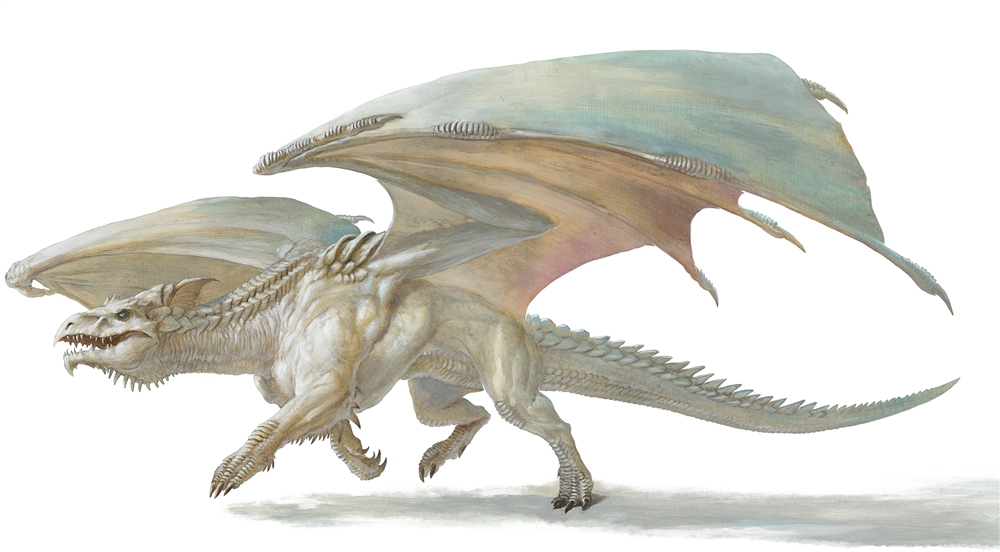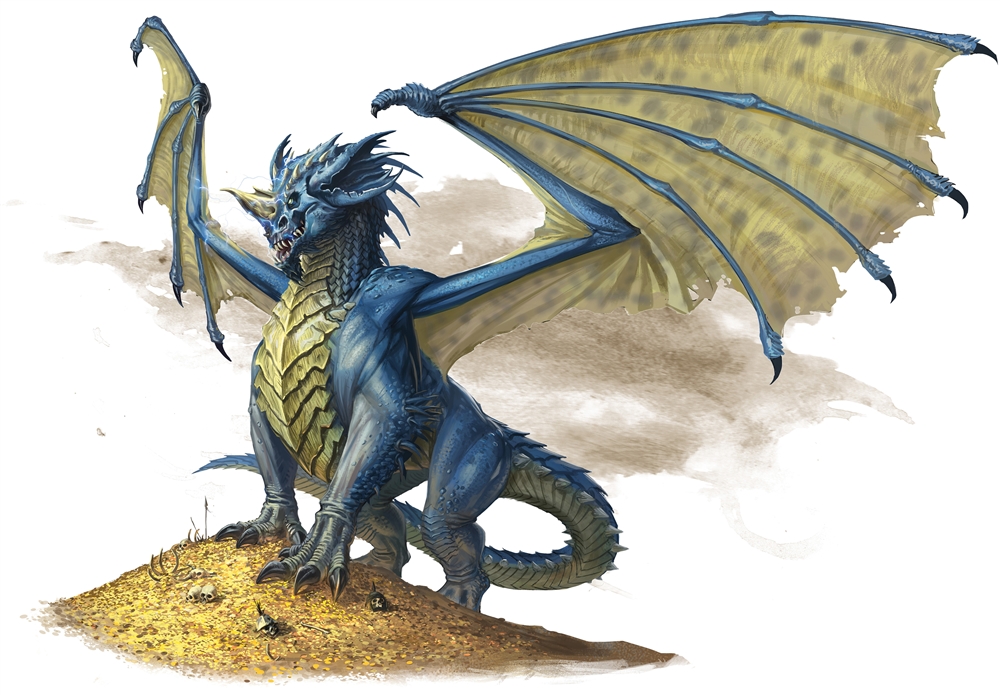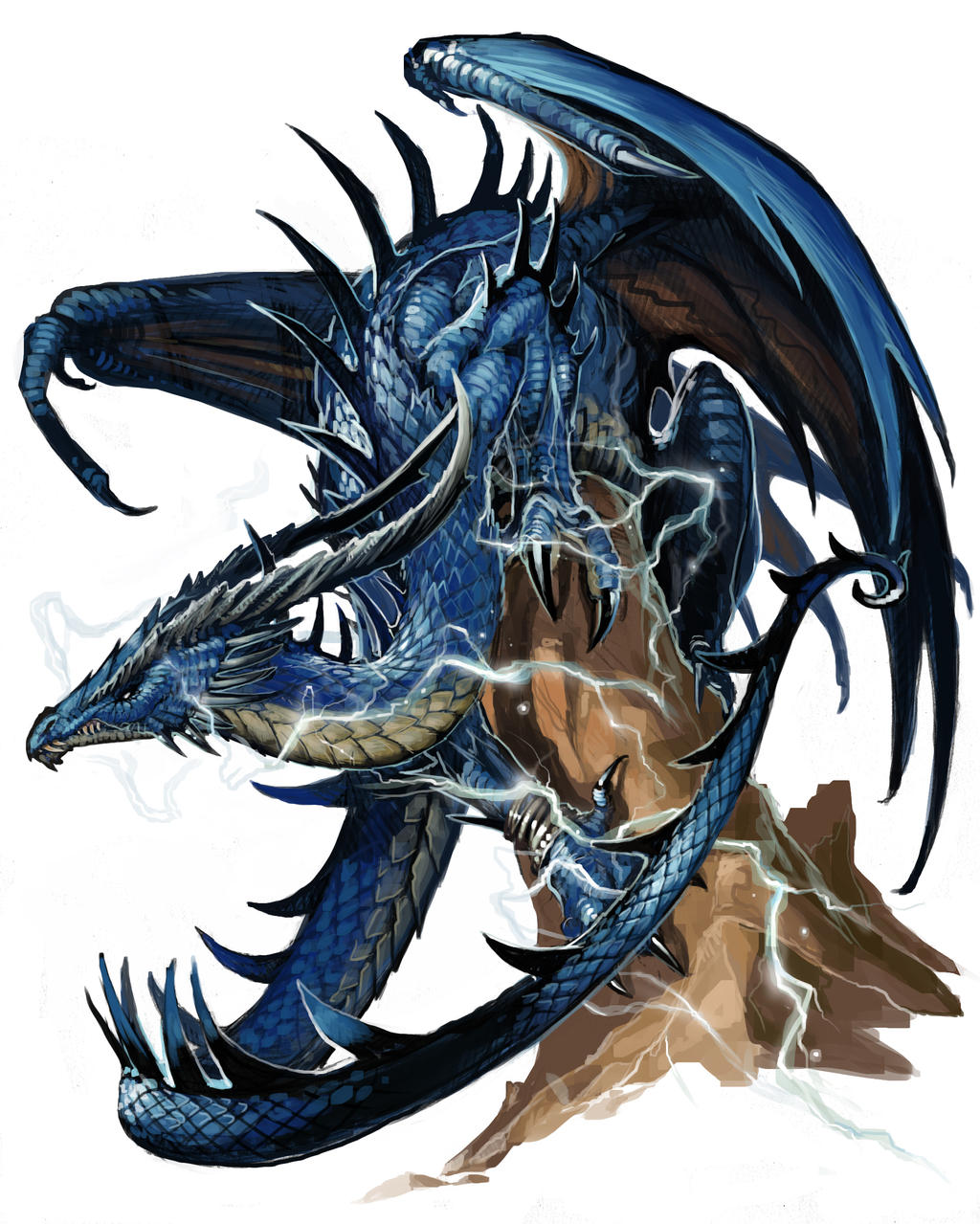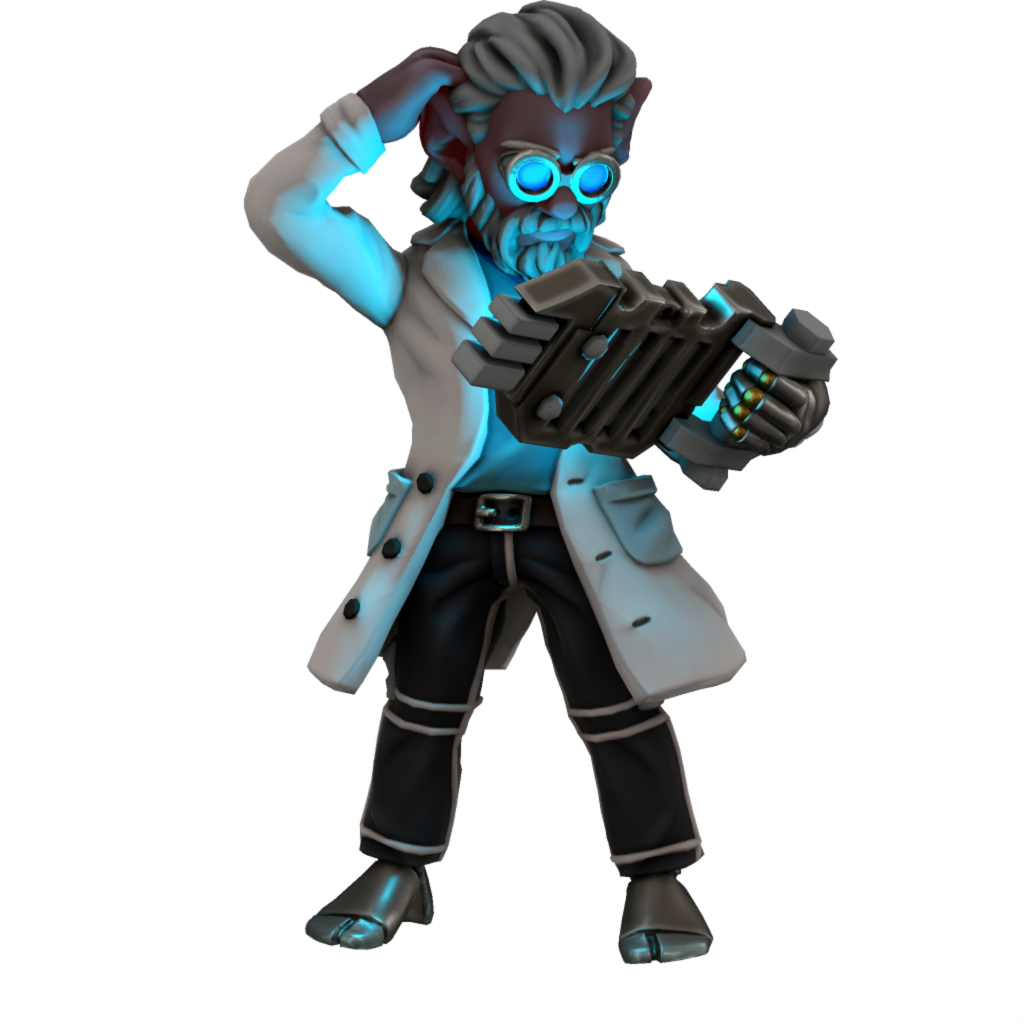Feral Dragon
Feral Dragons are the fear of any sapient Dragon or Dragonborn and not only because they are larger and stronger. They remain the main carriers of the Dragon Scourge, the disease that decimated our population. But perhaps more than death, we fear to become feral ourselves if we are infected by it.Even though they look quite alike regular and Feral Dragons are quite different. Coming into contact with one will make the difference clear quite quickly. In contrast to the regular Dragons the feral kind does not have sapience and can not be reasoned with. They are larger, stronger and more fierce in battle than their sapient cousins. However, what the Dragons and Dragonborn fear the most about them is actually their immunity to the Dragon Scourge and their ability to carry it.
Extra Information
Scientific Name
vaylaria . adrin (Vaylaria Adrin )Name
Feral DragonOrigin
Feral Dragons can possibly live anywhere depending on their type, but given that they are hunted, they are more often found in remote areas of the world.Lifespan
Although it is not really certain what the maximum age of a Feral Dragon is, the oldest specimen known so far has been 3200 years old.Biology
The Feral Dragons are in many ways like the regular Dragons. However, they do differ in some key points which could make it easier for a perceptive adventurer to tell the difference.Physiology
Just like regular Dragon the feral kind are large, have wings and 4 legs. They are covered in scales which differ in color depending on the type of Feral Dragon. The color variations and general form of each Feral Dragon also correspond to the regular kind. However, there are some differences in physiology, although they do require someone to look closely. The first difference is the size. An adult Feral Dragon will always be noticeably larger than a regular one. Other ways to identify them is by looking at their general form. Although it is not the case for all of them, many types of Feral Dragons are leaner in form. Some of them can also be identified by the sharpness or size of the protrusions along the body.Regular Dragons
The regular Ice Dragon has fewer and smaller protrusions.
The regular Electric Dragons have larger chest area and no long neck.
Climate
Normally Dragons are capable to live in non optimal places depending on their type. However, they often still prefer to live in places that humanoids would frequent as well. This is not the case for the Feral Dragons who seem to be able to live in many places that would be considered outright dangerous.
For example a regular Fire Dragon would have no problem living near hot places such as a desert as long as their is a source of water nearby. A Feral Dragon of this type on the other hand can live in a more extreme environment. These Feral Dragons are known to live far away from water sources and even in active volcanoes such as the Arkash Volcanoes region.
How they survive such conditions is still unknown since most scientist who tried to research it have died. The current assumption is that the Feral Dragons are much more adapted to their preferred climate depending on their type. The Feral Fire Dragons can handle the volcanoes, while the Ice Dragons can handle artic conditions.
Another theory that circulates is that the Feral Dragons have some form of long hibernation period during which they need little water or food. The supporters of this theory mainly point to the relative few times a Feral Dragon is seen.









It's interesting how the disease gas affected living populations, relatioships and even activities...